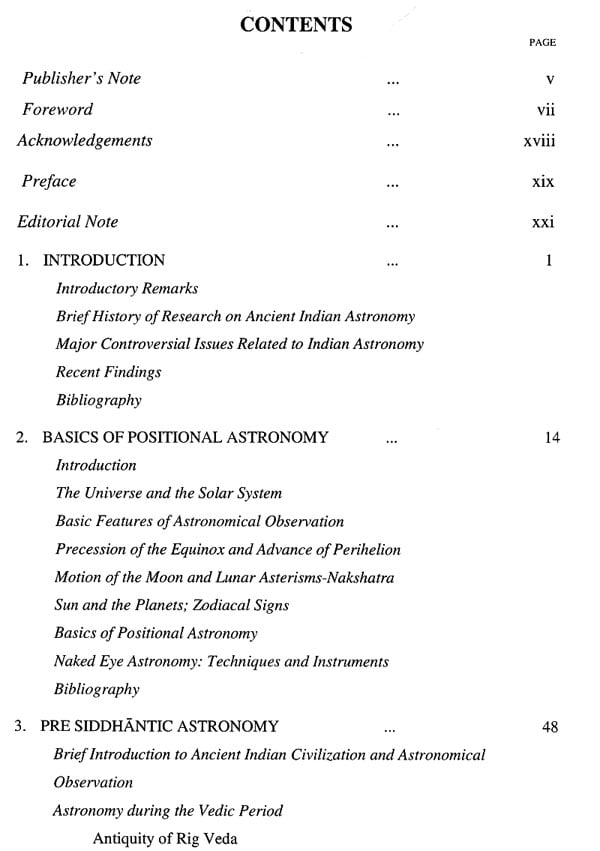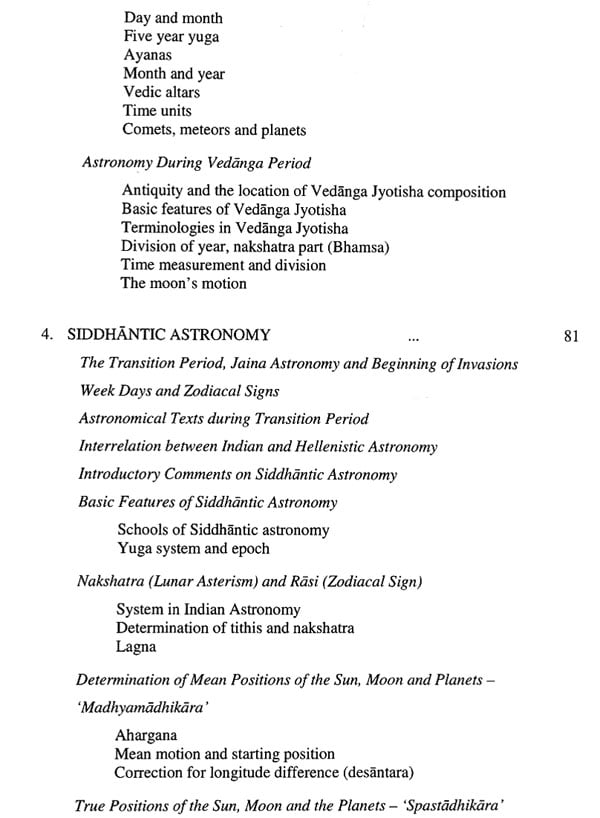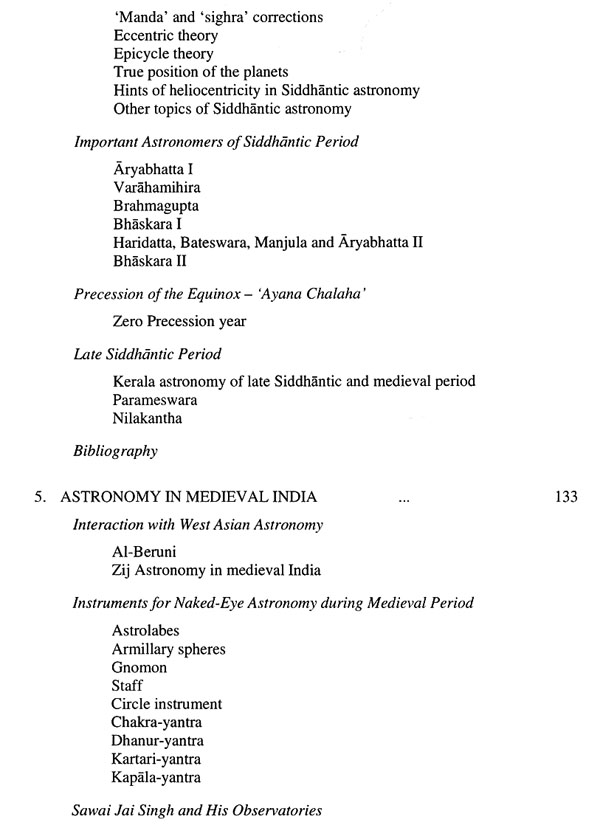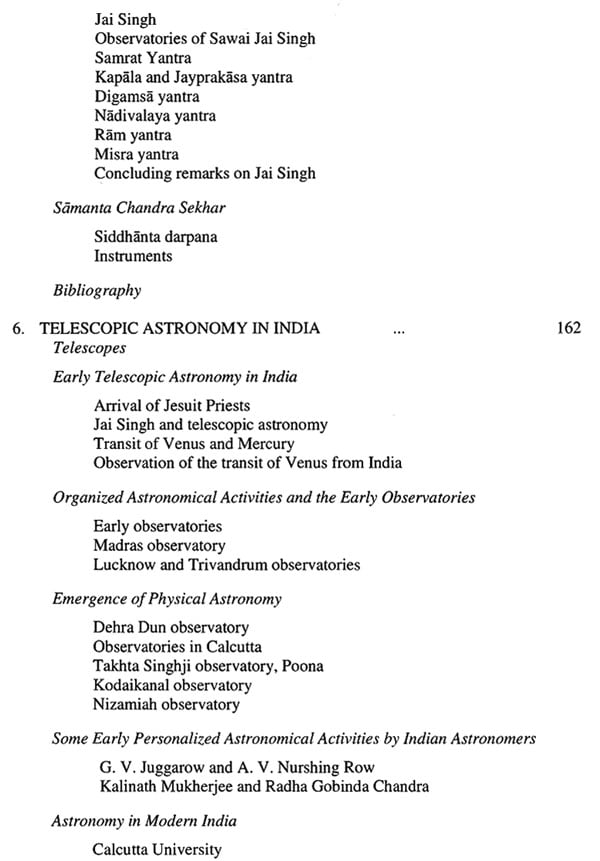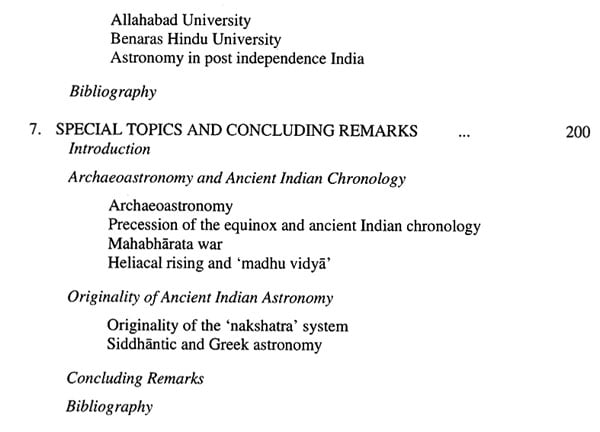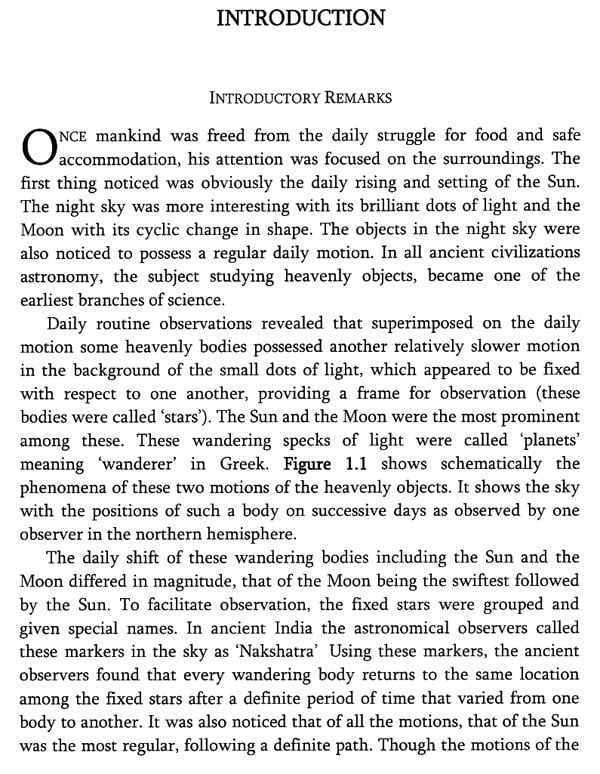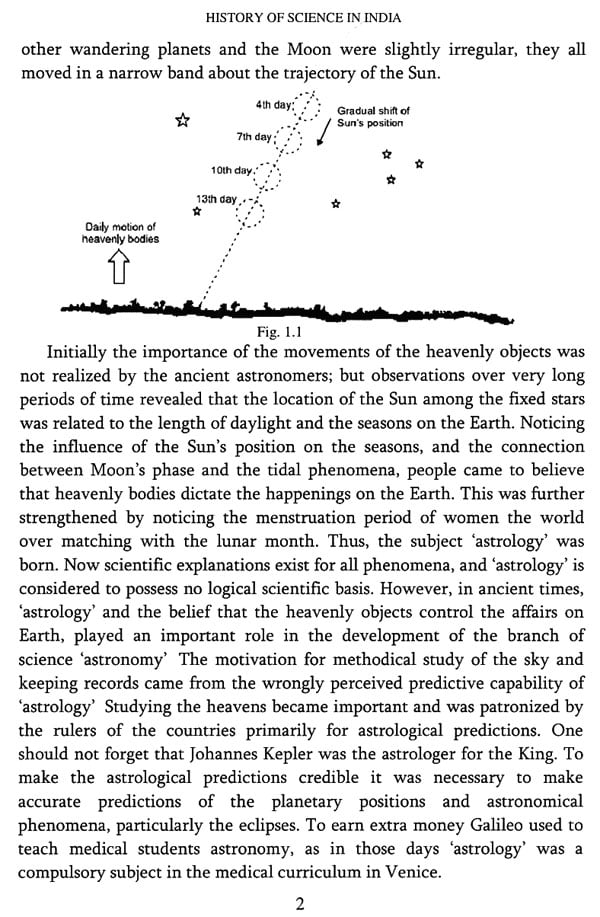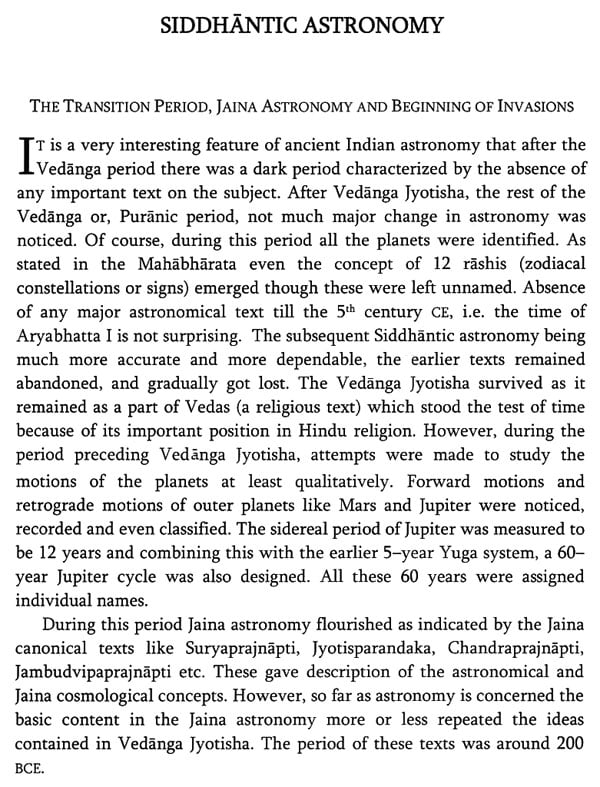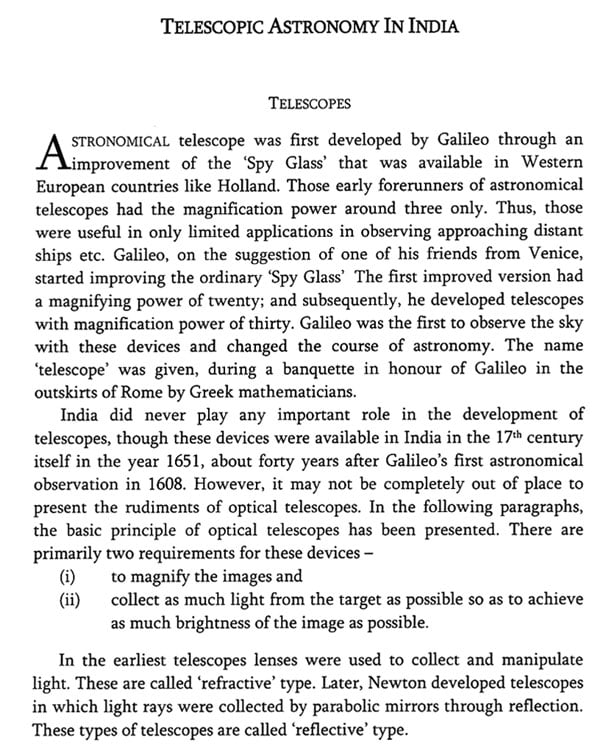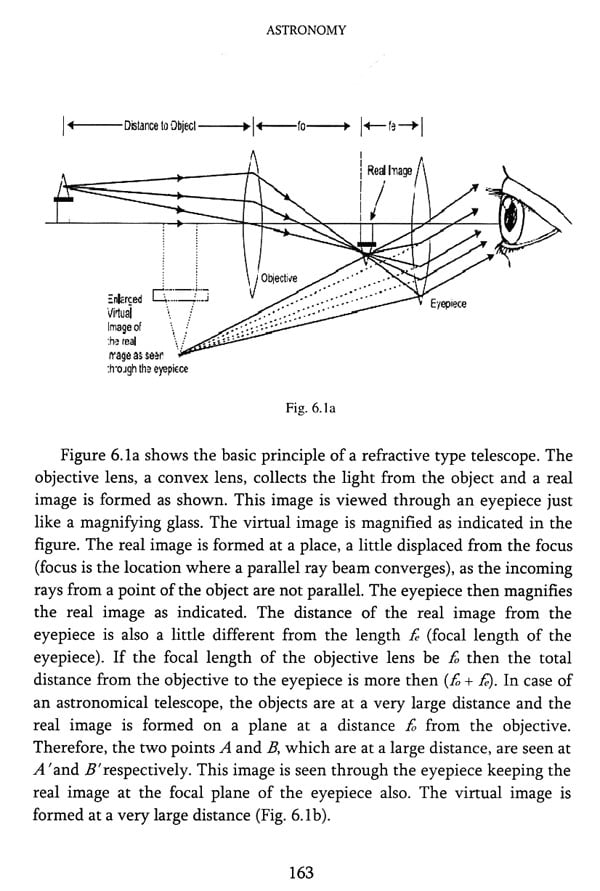
History of Science in India (Volume-I Part-II Astronomy)
Book Specification
| Item Code: | NAZ842 |
| Author: | Amitabha Ghosh |
| Publisher: | The National Academy of Science, India (Nasi) & The Ramakrishna Mission Institute of Culture |
| Language: | English |
| Edition: | 2017 |
| ISBN: | 9789381325414 |
| Pages: | 228 (Throughout B/W Illustrations) |
| Cover: | HARDCOVER |
| Other Details | 10.00 X 7.50 inch |
| Weight | 580 gm |
Book Description
I am indeed happy that the National Academy of Sciences, India has decided to sponsor the publication by the Ramakrishna Mission Institute of Culture of 'History of Science in India'-a multivolume series commemorating the centenary of Indian Science Congress Association and sesquicentennial Birth Anniversary of Swami Vivekananda-one of the principal initiators of Institutional Science in India. This series, of which the present one is called 'Astronomy', starts with our science heritage, followed by its growth in successive phases culminating in the present challenges. It is written in a language meant for the common readers. I sincerely hope that this commendable venture would indeed generate interest and awareness of all concerned with the basic objectives of Science-its search for eternal truth, enrichment of knowledge, and alleviation of misery of the humanity as a whole. The present volume provides a glimpse of many of our revered scientists, who laid the foundation of modern Astronomy and explored new horizons in the field. I wish the venture a grand success.
Astronomy, the science of studying the heavenly objects, has always drawn the attention of mankind from the dawn of human civilization. India, being the land where one of the most ancient civilizations flourished, played a very important role in the formal study of the sky, change of seasons in a cyclic manner during a tropical year, and motion of the stars and planets. Astronomy played an important role not only in matters related to seasons but also in the daily life of the people of India since time immemorial. In fact many of the daily rituals and sacrifices were controlled by astronomical parameters. Thus, since the last six millennia Indian society has been following astronomical calendars controlled by both the moon and the sun. This led to a more complex luni-solar system being an integral part of Indian astronomy. The development of astronomy in India required development of mathematics that resulted in the ancient Indian mathematics to be the most advanced compared to those in other civilizations. At a later stage there was considerable interaction with other nations and Indian astronomy progressed along the path of maturity. In medieval Europe astronomy led to the development of physics as most foundational concepts of mechanics evolved from the study of motion of the heavenly bodies. Though the ancient astronomical texts from India led to the growth of the subject in the Islamic world, India started falling behind because of a number of socio-political reasons including the suppression by foreign rulers till the eighteenth century.
In modern times Indian astronomers have again started playing very important roles, and their works have not only enriched the subject but also have helped creating new branches of study related to astronomy. This introductory text is aimed at general readers and students. There are a number of highly professional and technically rich books on the subject; but it is hoped that this volume will be comparatively easy to comprehend for general readers. There are bound to be unintentional omissions and mistakes in a book like this. The author hopes to be excused for all such defects in the text. At the end, the author feels that this book will help a common reader to get a glimpse of the fascinating subject-astronomy that started its journey almost six thousand years ago in the land of Sapta Sindhu. The author conveys his sincere thanks to Shri Sourav Kundu and Swami Chidrupananda Maharaj for their assistance during the preparation of the manuscript.
The author is grateful to the National Academy of Sciences, India, for conceiving such a timely and wonderful project. He also thanks Prof. Arun Kr. Sharma, his team of editors and the Ramakrishna Mission Institute of Culture, Gol Park, Kolkata, for entrusting him with the responsibility of writing this book.
**Sample Pages**
